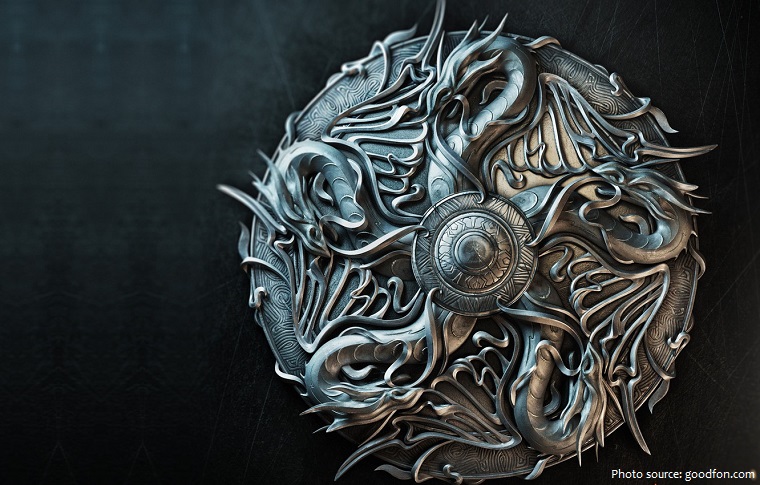Hello ladies and gents this is the Viking telling you that today we are talking about
SHIELDS
Shields are hand-worn armor pieces created in incredible variety of materials and shapes used to stop projectiles or redirect physical blows.
They provide passive protection by closing one or more engagement lines during combat – they are used to intercept attacks from close-ranged weaponry and projectiles such as arrows and bolts.
Shields were used for hunting long before they were used for warfare, partly for defense and partly for concealment in stalking game, and it is likely that the military shield evolved from that of the hunter and herdsman.
The size and composition of shields varied greatly, depending on the tactical demands of the user. In general, the more effective the protection afforded by body armour, the smaller the shield – similarly, the longer th reach of the soldier’s weapon, the smaller his shield.
Often shields were decorated with a painted pattern or an animal representation to show their army or clan. These designs developed into systematized heraldic devices during the High Middle Ages for purposes of battlefield identification.
The Greek hoplite, a heavy infantryman who fought in closely packed formation, acquired his name from the hoplon, a convex circular shield, approximately 90 cm (3 feet) in diameter, made of composite wood and bronze. It was carried on the left arm by means of a bronze strap that passed across the forearm and a rope looped around the inner rim with sufficient slack to be gripped in the fist.
And as always have a chilled day from the Viking

Comments
Post a Comment